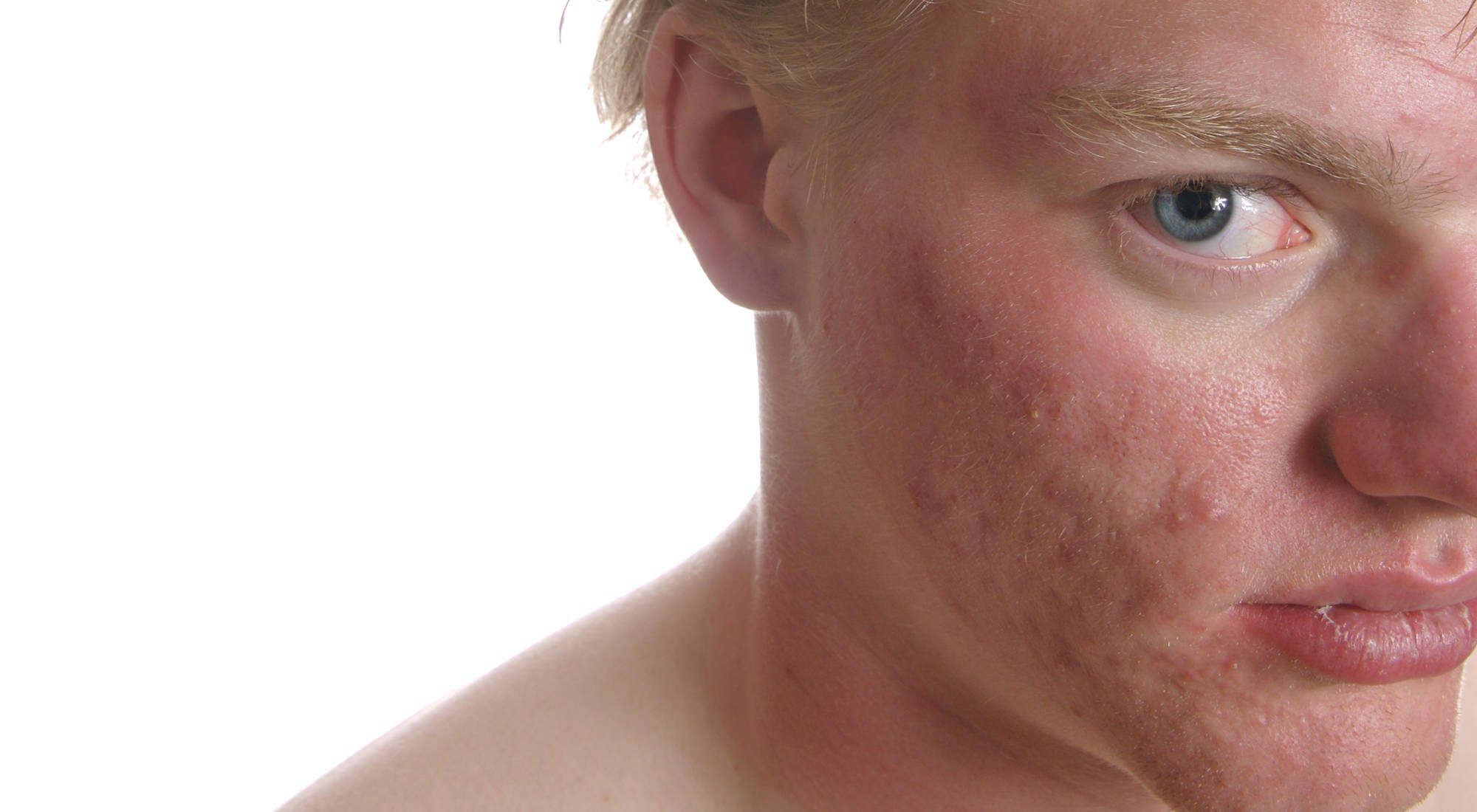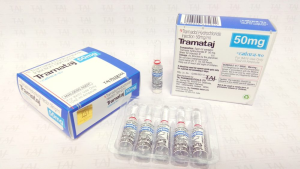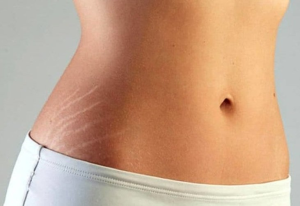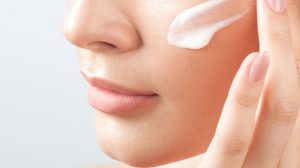
We do not know exactly why skin pimples, inflammations, or acne knots heal completely invisibly in one person, while the other bears unsightly scars with similar symptoms. In any injury or inflammation of the skin, the natural structure of the skin is, in principle, disturbed. In wound healing and controlling inflammation, the body tries to restore the old – healthy – condition. Often this is not possible without visible consequences. Usually, the injury or wound is joined and closed by tissue cells that do not quite match the original tissue. You know this replacement tissue as more or less visible scar tissue.
What Forms Of Acne Scars Are There
Scars can look different: small and dark, large or proliferating, red, skin or whitish, nodular, or flatly hardened. Acne scars can also take on all of these forms.
- The typical acne scar is a sunken dent or a punched hole. Such small, are just like a small pimple hit the skin or punched out a piece of skin (e: punched out, ice-pick scars)
- Some scars look like flat dents or bowls that are single or close together (e: atrophic scarring). Sunken, shrunken, or deep scars develop when too few connective tissue fibers are re-formed
- Scratching often causes flat redness or shallow depressions, sometimes tongue-shaped (in the form of scratching attacks through the fingernails – called acne)
- Sometimes the scars may be linked together – as scar strands or small passages under the skin with multiple openings to the outside
- Some scars are only noticeable as rough hardening and “bumps” under the skin and visible as a slight elevation
Acne hole (หลุมสิว which is the term in Thai) can typically proliferate: they then become more or less large, red, flesh-colored, or purple nodes above the skin level. If these scars are confined to the site of inflammation, it is called a “hypertrophic scar.”


